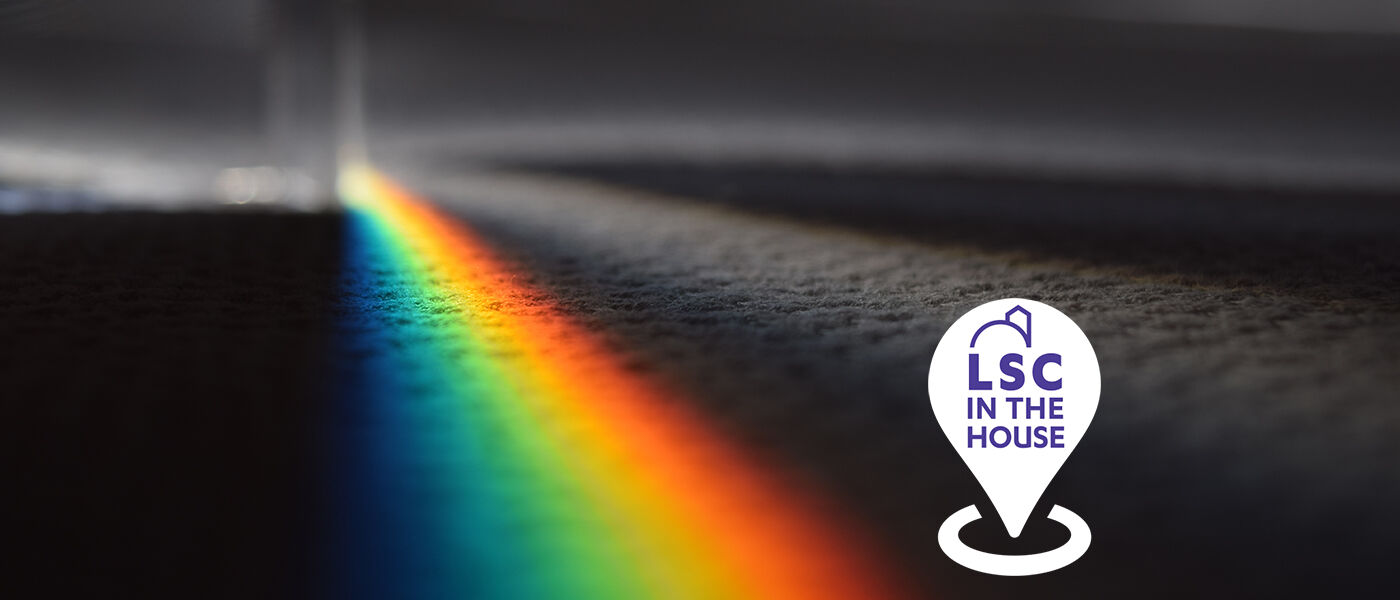Rainbow Refraction
Activity Time: 10 minutes
Recommended Grades: K – 5
Objective: In this experiment, you'll go outside and investigate how rainbows get their colors.

- 1 bowl or container
- water
- mirror
- a piece of white paper or cardboard
- sunlight

- Place the mirror in the container at about a 45-degree angle.
- Fill the container with water until the mirror is halfway under water.
- Bring the container and paper or cardboard outside. Adjust the paper and the mirror so that the sun’s light is being reflected through the water and onto the paper. (Note: This will take some time and patience.)
- Observe your special rainbow.

You are most likely going to see a rainbow during a sunshower, soon after it rains, or from the spray of a hose during a fun summer day. This is because the sun's light is traveling through all of those water droplets. When light hits the surface of water it changes speed and bends. This is called refraction. When this happens, the white light from the sun is broken up into its component colors (red, orange, yellow, green, blue, indigo, violet). That’s right, white light is made up of all the colors of the rainbow! (That’s the opposite of pigment colors like when you mix paint.) This experiment has that same effect because the sun's light is passing through the water in the container and being refracted then reflected onto the paper you’re holding.
(Note: This can also be done inside with a flashlight.)
